Five new buildings have been granted listed status, including a London cabbie’s shelter and a 'hobbit house'
Take a look at these fascinating buildings…
To celebrate 70 years of protecting England’s extraordinary historic buildings, five fascinating buildings have been newly listed and added to the National Heritage List for England. The diverse range of buildings includes a London cabbie’s shelter, a WW1 wireless station and a ‘hobbit house’.
'Listing' celebrates buildings, sites and landscapes that are architecturally or historically significant to England. The concept of ‘listing’ was born after the widespread bombing of World War Two to identify which buildings were special enough to be protected in post-war rebuilding. This year marks the seventieth anniversary of 'The List'.
Today there are approximately 400,000 listed sites including 710 windmills, 514 pigsties, 262 palaces, 72 piers, 13 dung pits, two fairground rides and one rocket!
Read more: Explore this Grade II-listed Georgian townhouse in west London
Here are the five latest wonderful additions to the list:
Underhill, Holme, West Yorkshire

Nestled within the Peak District National Park, this environmentally sensitive, underground house has been built into the rolling green moors, creating harmony between the natural and man-made world.
Designed and built by Arthur Quarmby in 1975, this was Britain's first modern earth-sheltered home and has, understandably, been described as a luxury 'hobbit home'.
Get the Ideal Home Newsletter
Sign up to our newsletter for style and decor inspiration, house makeovers, project advice and more.
Roof lanterns and observation domes give views of the sky and clouds, as Quarmby felt 'architects have taken the sky out of architecture. I like to see the clouds scudding by'.
Cabmen's Shelter, Grosvenor Gardens, London
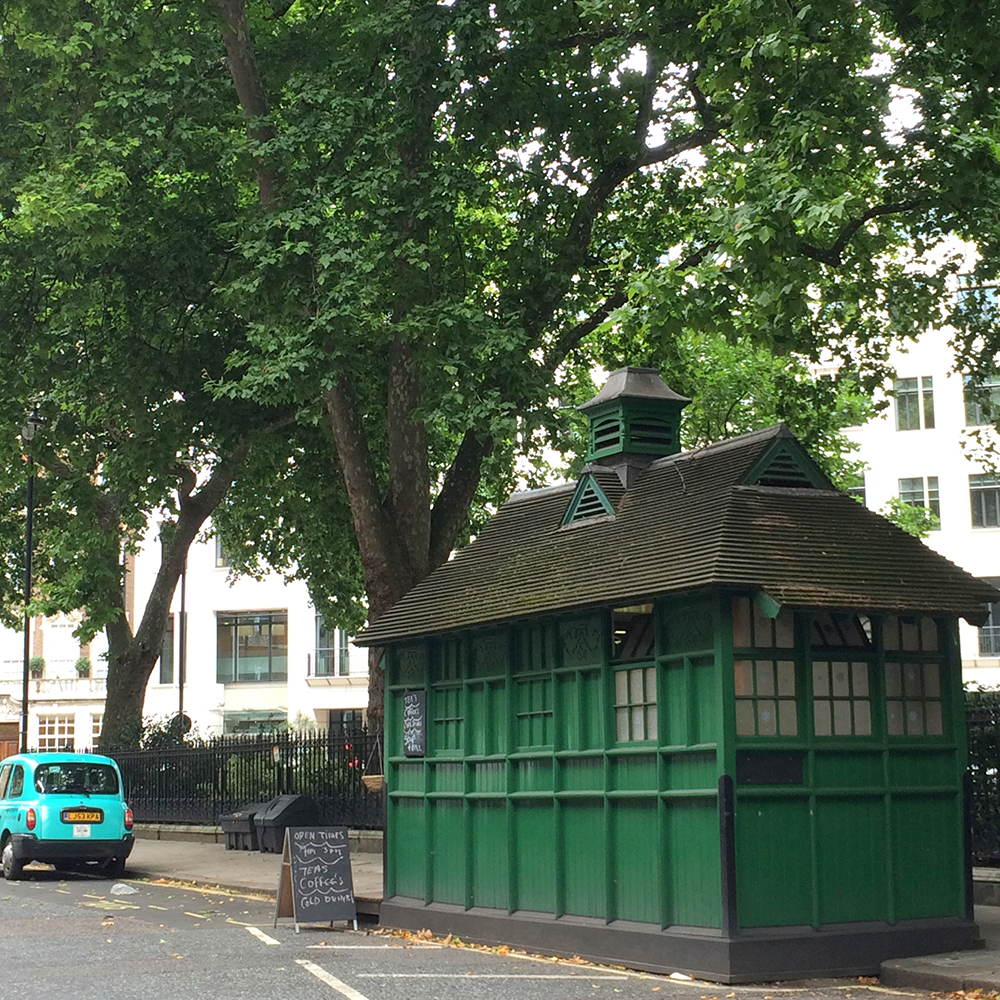
This small but distinctive green Cabbie’s Shelter, built in 1906, is one of only a handful still standing in London. Working on horse-drawn cab, drivers were constantly exposed to the elements but weren't allowed to leave the rank while waiting for customers, leading many to take shelter in pubs.
These shelters were put up by The Cabmen’s Shelter Fund to provide a warm place for cabmen to have a cuppa whilst they were on the ranks, and this building is still used by London's black cab drivers today.
Funerary buildings at Willesden Jewish Cemetery (United Synagogue Cemetery), London
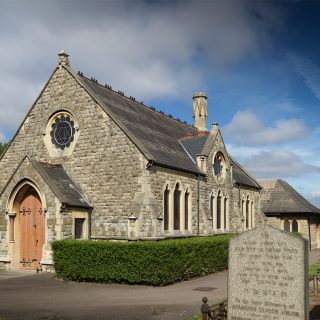
The United Synagogue Cemetery, known as the ‘Rolls Royce’ of London’s Jewish cemeteries, was established in 1873 and soon became the prominent burial spot for London's most established Anglo-Jewish Ashkenazi communities.
This Gothic Revival set of three funerary buildings forms the cemetery’s focal point. This is a rare survival as many similar complexes in England’s Jewish cemeteries have been lost.
Read more: Church conversions worthy of praise
Stockton-on-Tees Wireless Station, County Durham
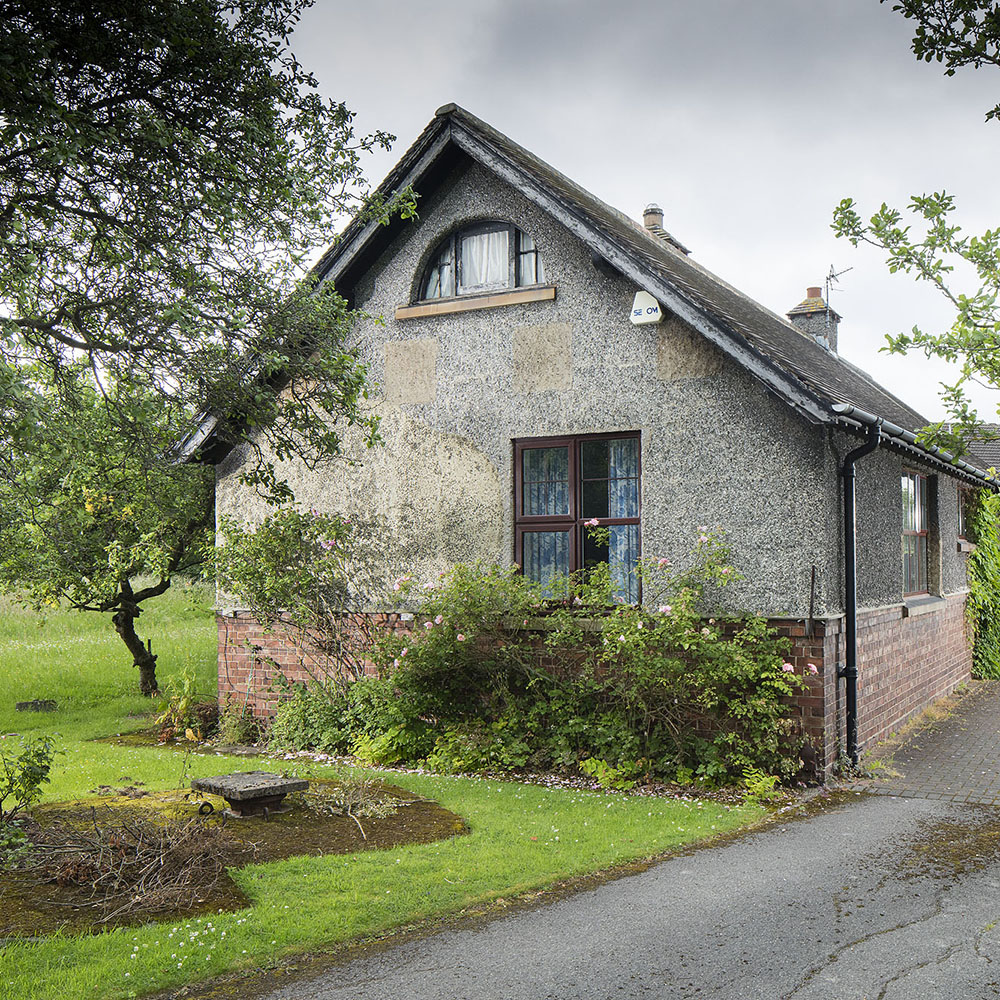
Built in 1912-13, Stockton Wireless Station is thought to be the Royal Navy’s only station capable of intelligence gathering at the outbreak of the First World War.
Now a private home, in its heyday Y Station Stockton was an integral part of a network of sites feeding information to the military. It was perfectly positioned to monitor communications across the North Sea. The loft window where radios were positioned can be seen in this photo.
Very few First World War wireless stations are still standing so this building is special as a rare survival from the early days of wireless technology.
Pillwood House, Truro, Cornwall
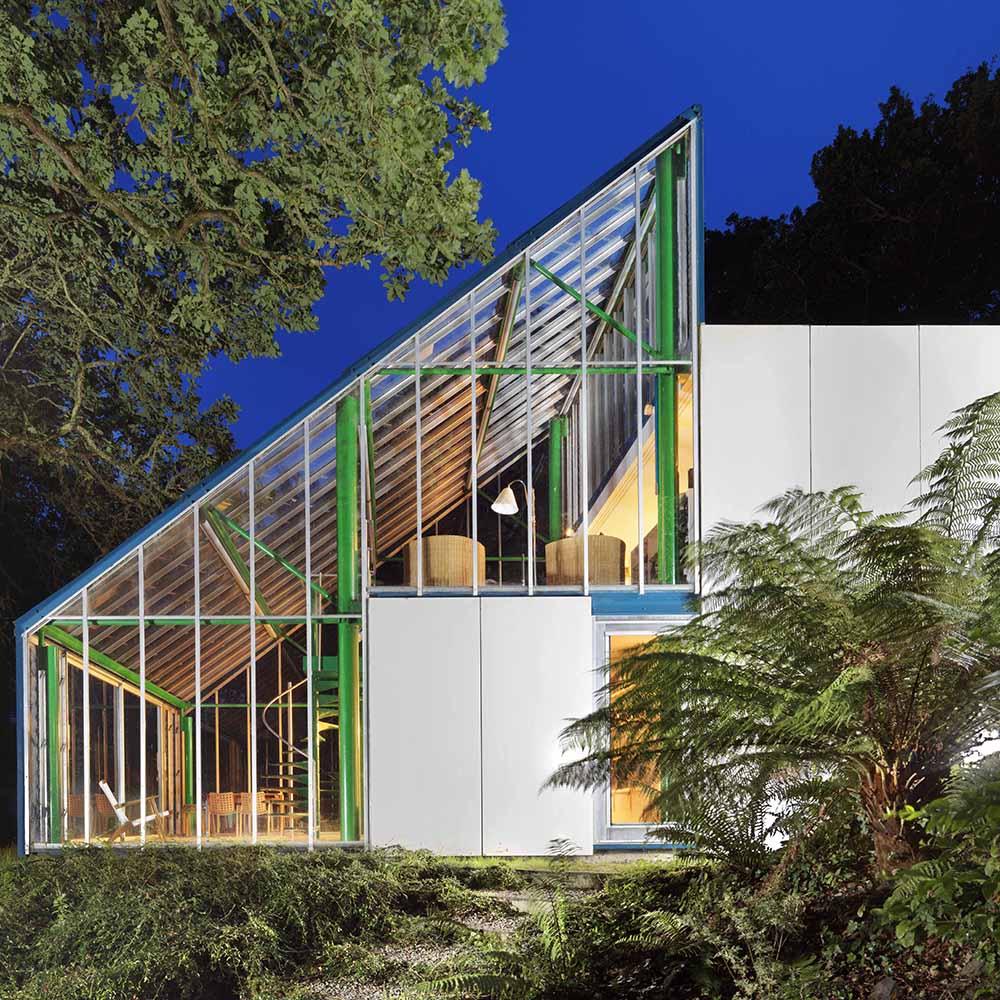
Read more: Step inside this Grade II listed barn conversion in Hertfordshire
Described as 'a fun house as well as a sun house' by architect John Miller, Pillwood House is formed of striking geometric shapes and is seemingly suspended within the treetops of a woodland near Truro.
Large panes of glass allow light to flood in and give panoramic views of the surrounding woodland, and the steel frame has been painted bright green to give it a visual connection with the surrounding trees.
John Miller built this family holiday home in 1973-74 and made early use of fibreglass to make the walls lightweight but strong. The house is now listed at Grade II*, which marks it as particularly important as only 5.5% of listed buildings are Grade II*.
-
 How to set up a drip watering system that saves water and a lot of effort
How to set up a drip watering system that saves water and a lot of effortKeep your plants hydrated (and your water bill down) with this clever garden watering solution
By Natalie Osborn
-
 I unboxed the Ninja Slushi – here's what happened
I unboxed the Ninja Slushi – here's what happenedThe Ninja Slushi is the stuff of dreams for summer entertaining
By Molly Cleary
-
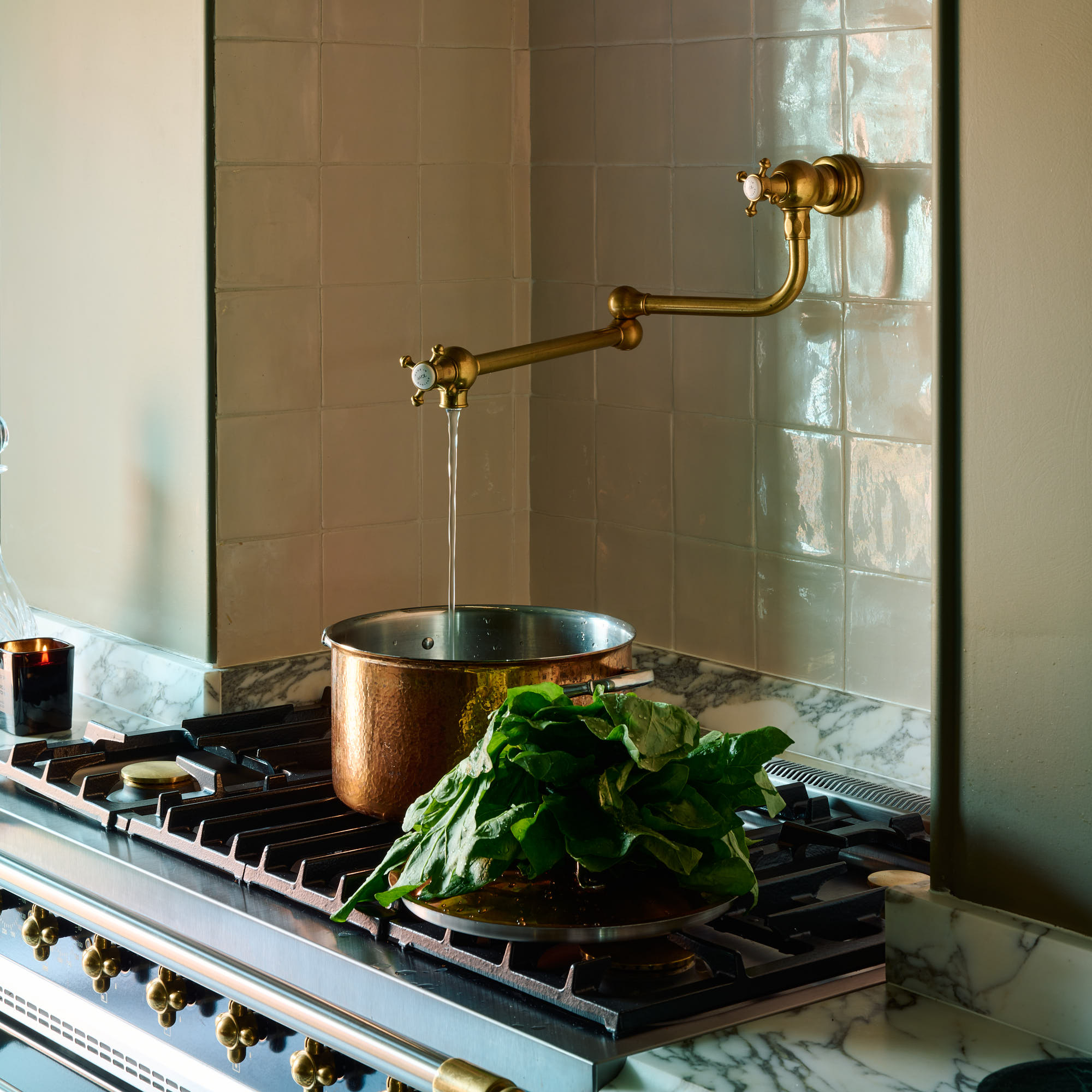 Should you invest in a pot filler or are they just a high-end kitchen fad? I asked kitchen experts whether they're set to be a trend beyond 2025
Should you invest in a pot filler or are they just a high-end kitchen fad? I asked kitchen experts whether they're set to be a trend beyond 2025A high-low approach to kitchen design is the key to creating a stylish space in your budget
By Holly Cockburn